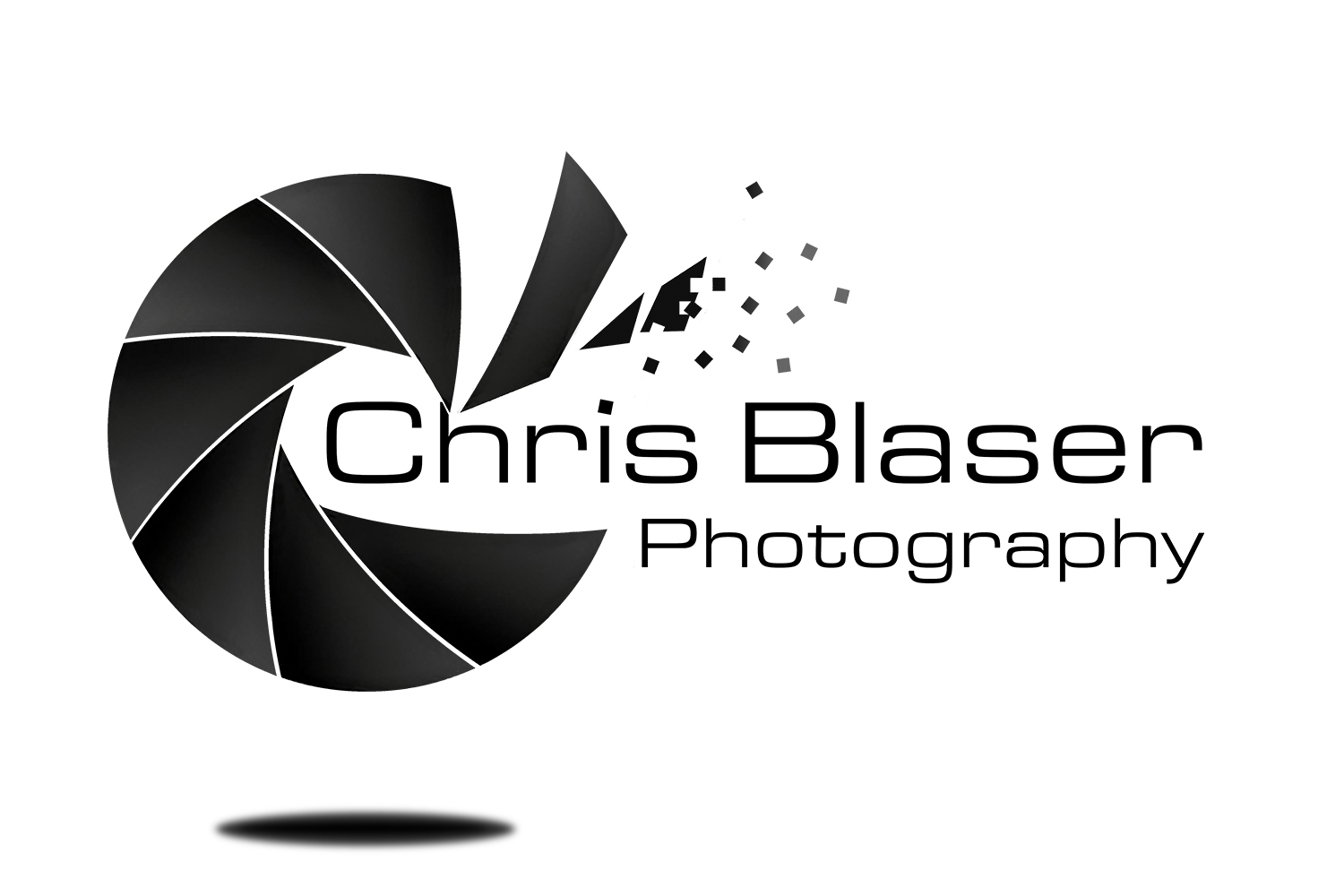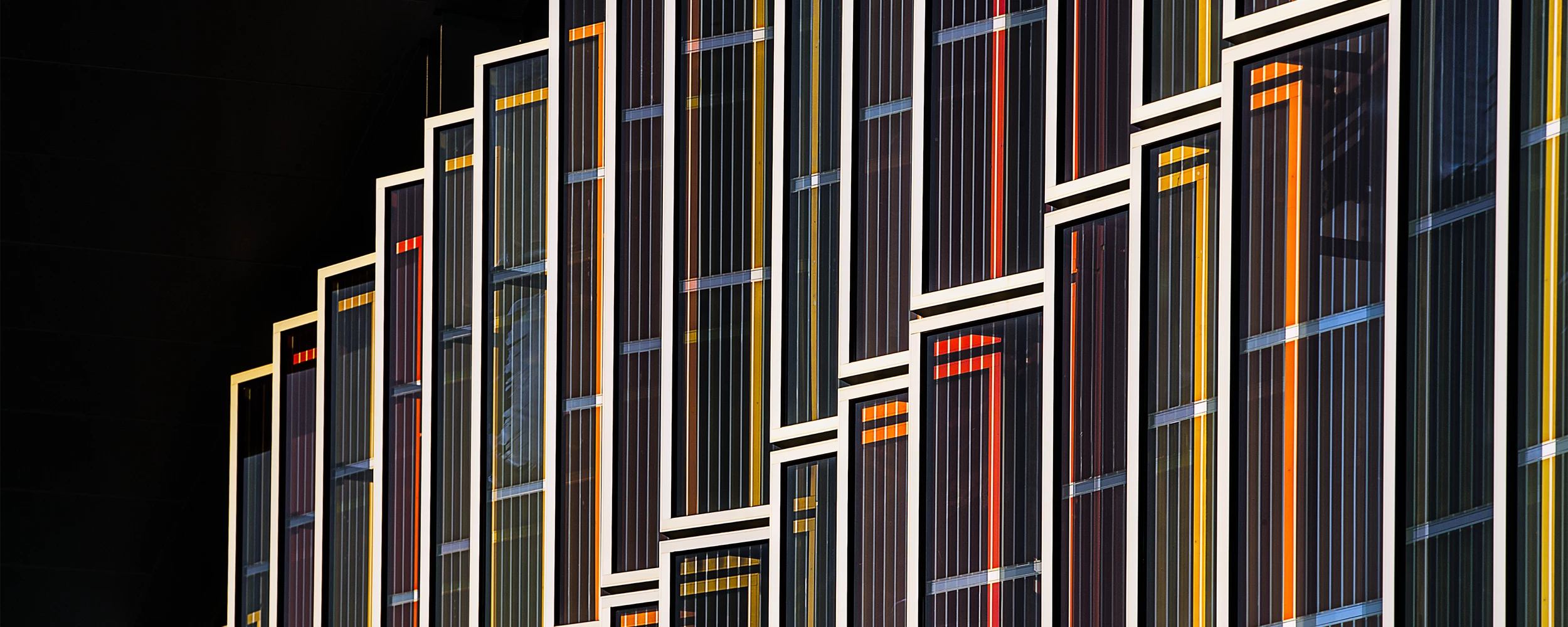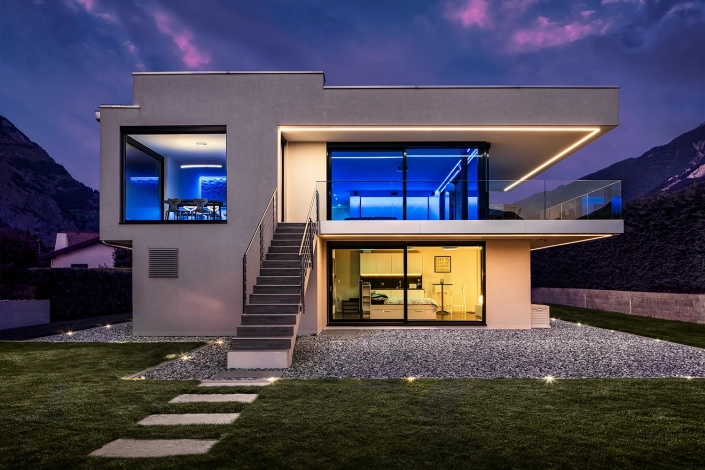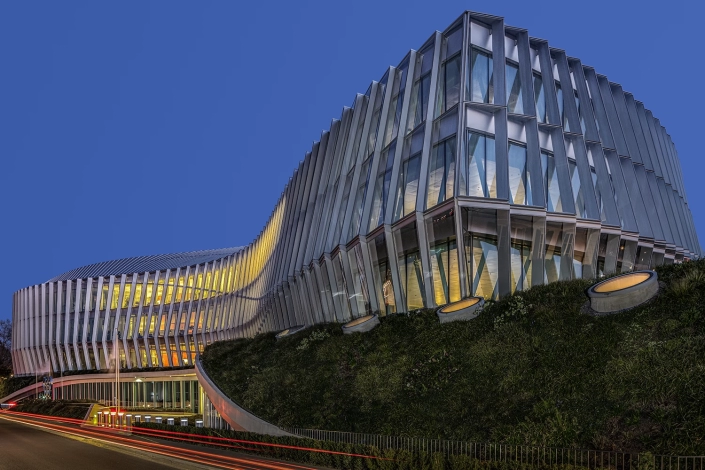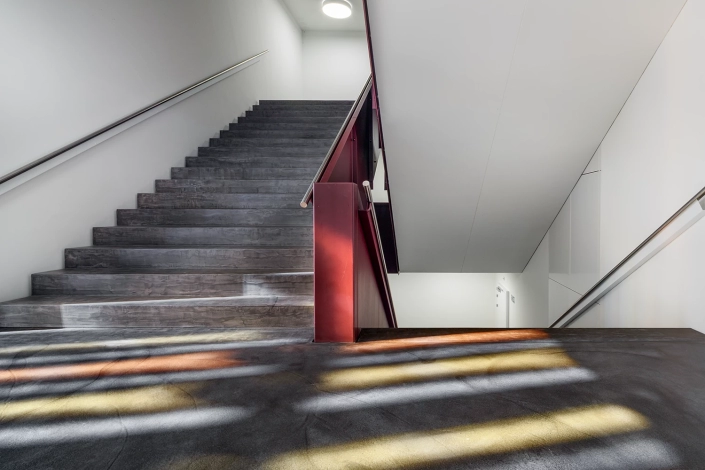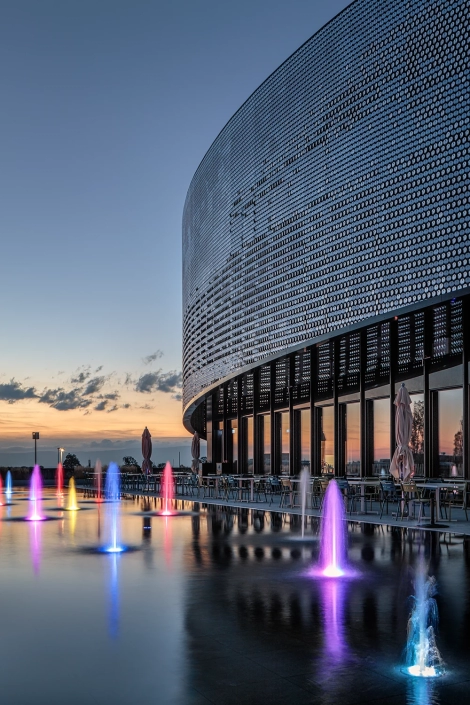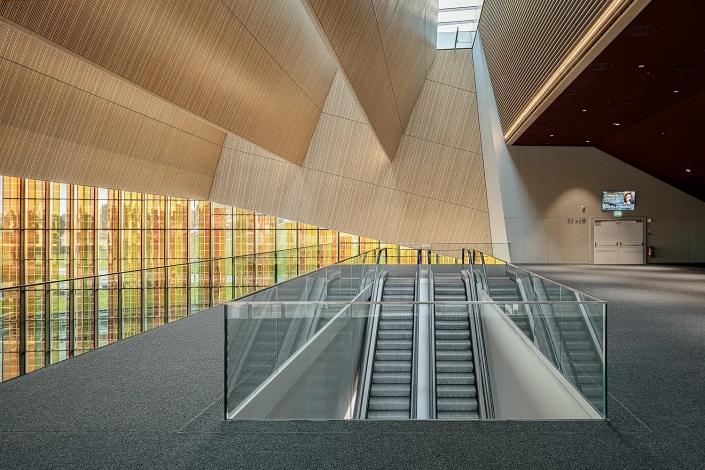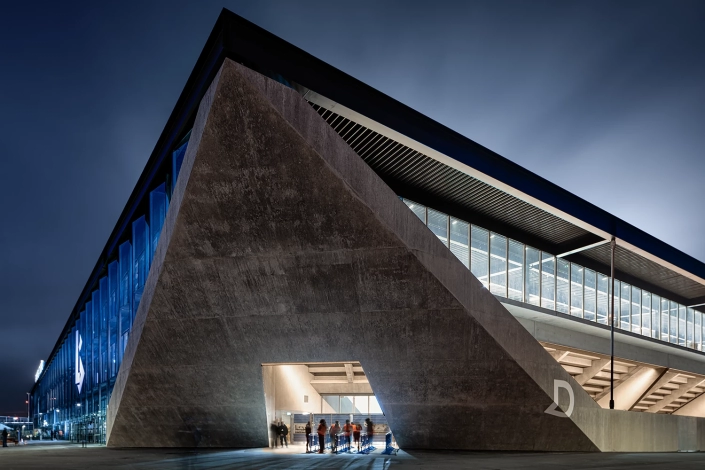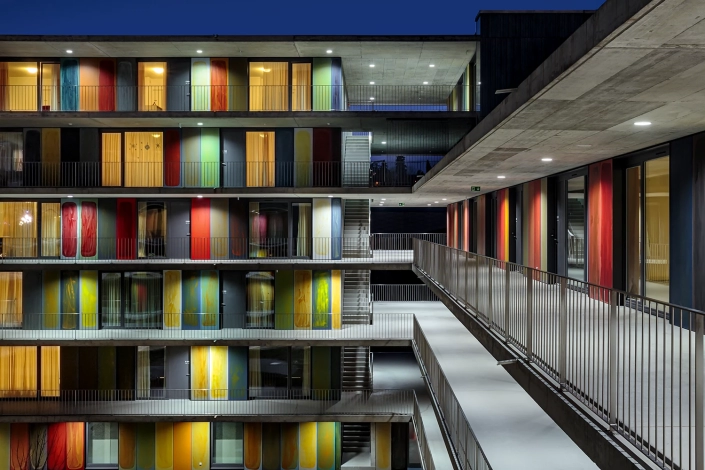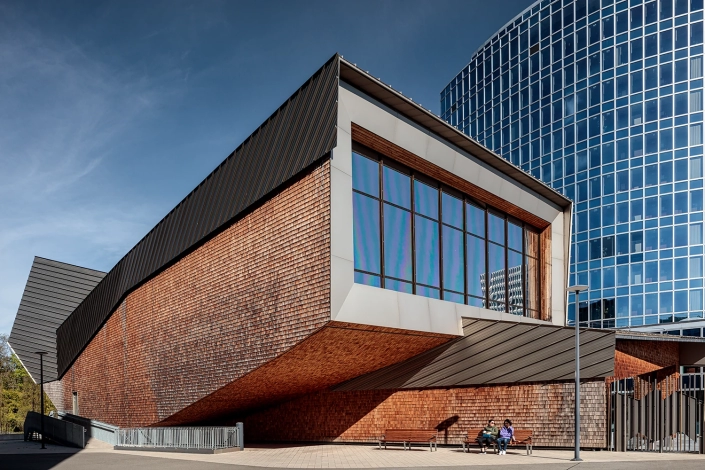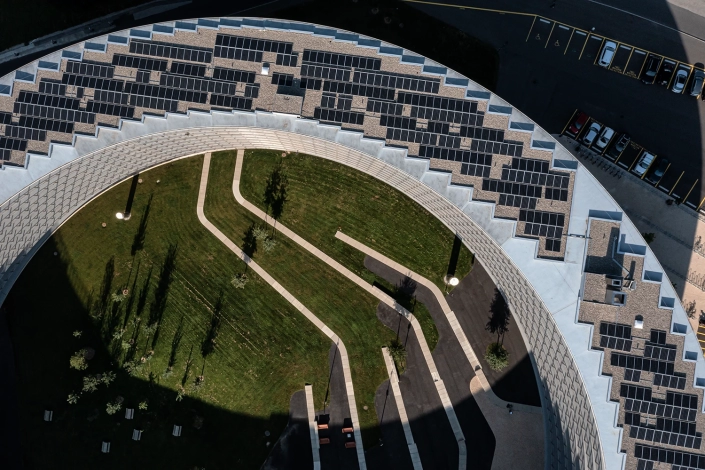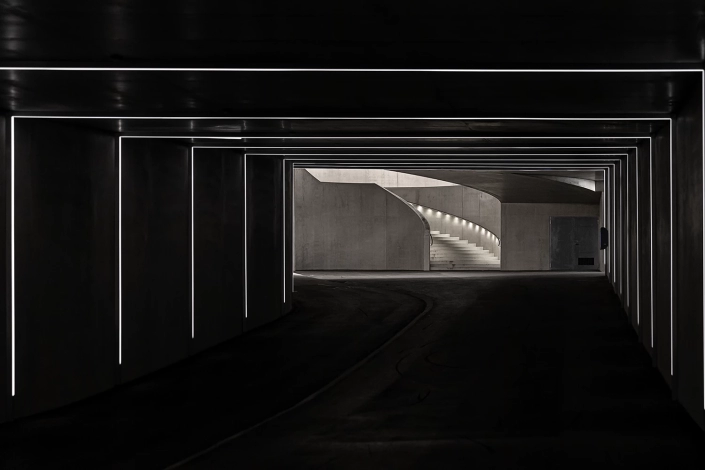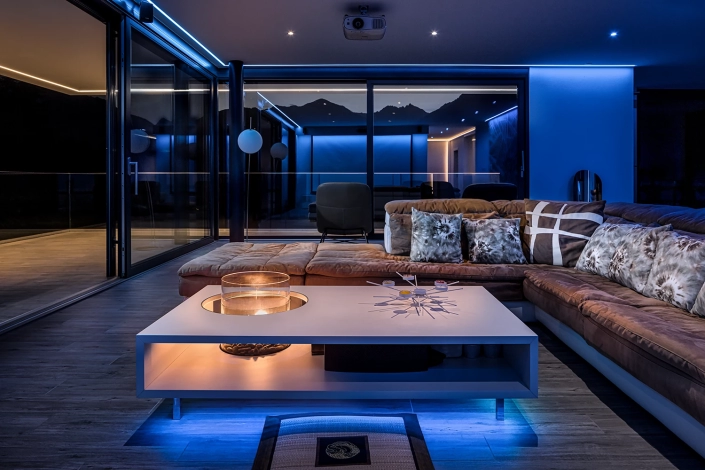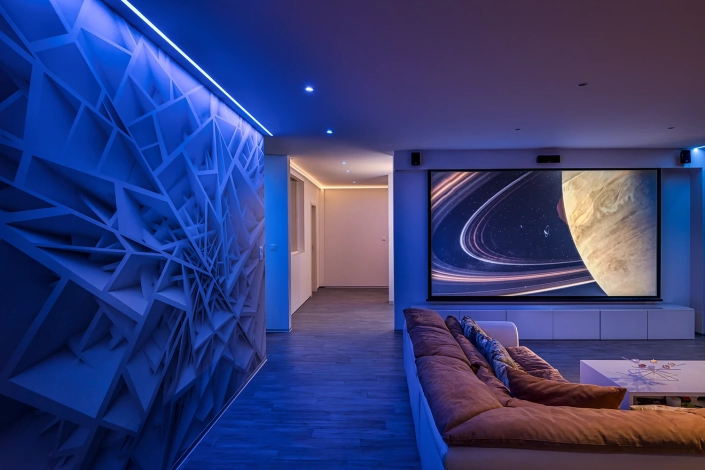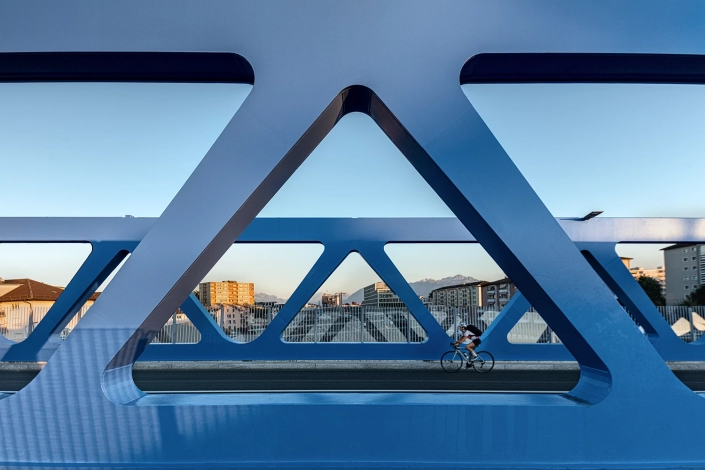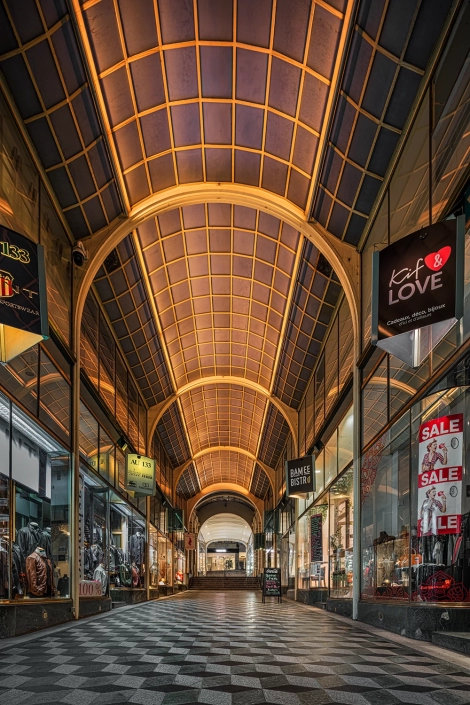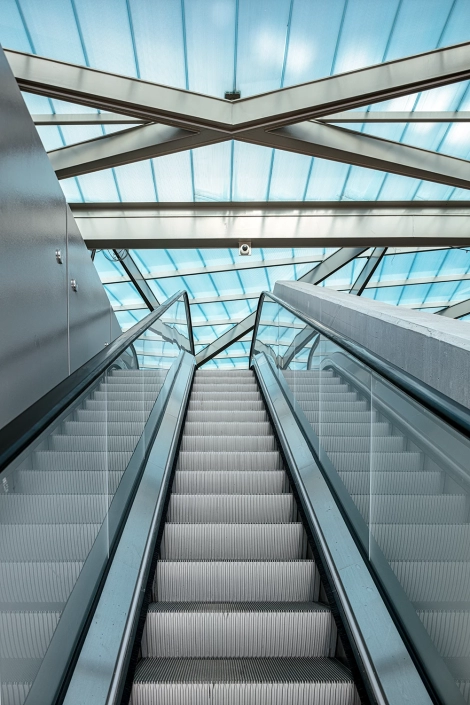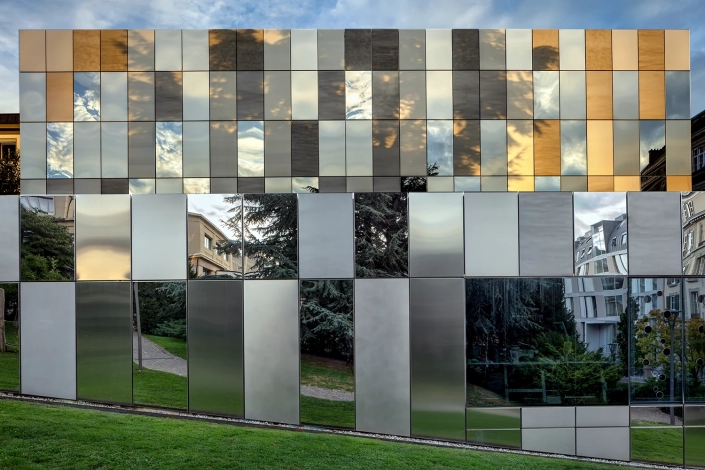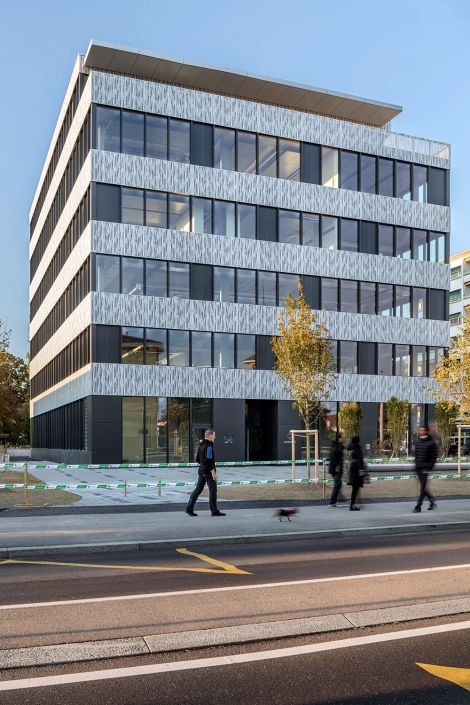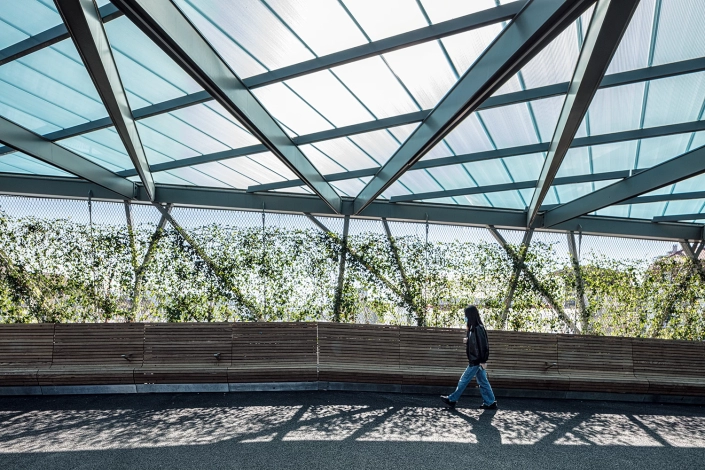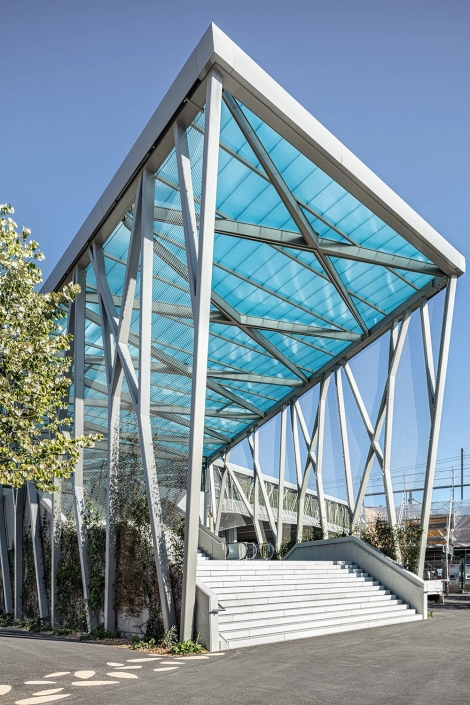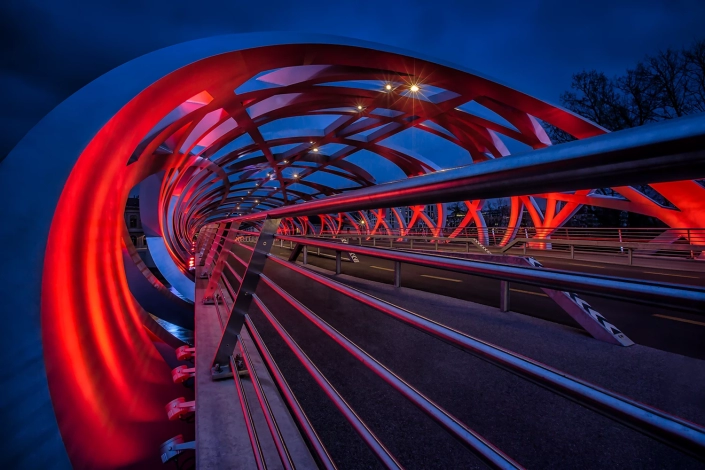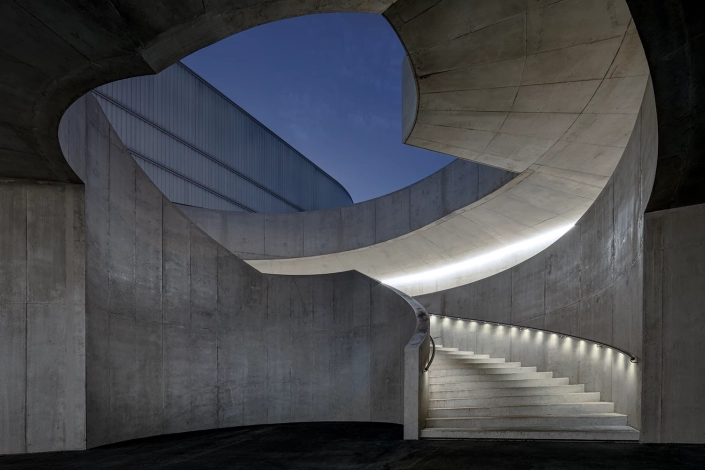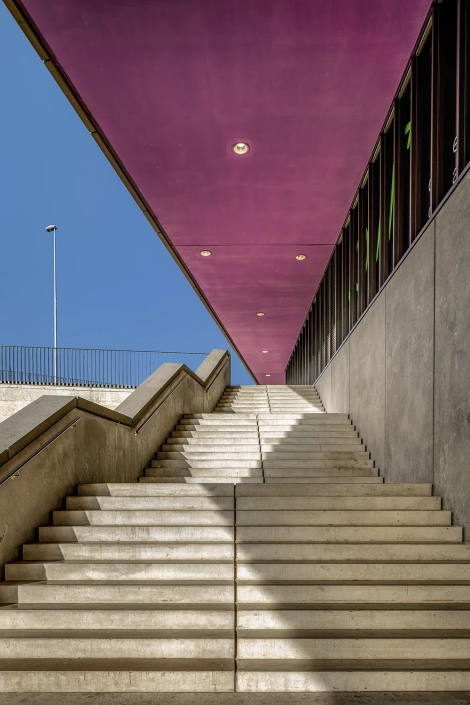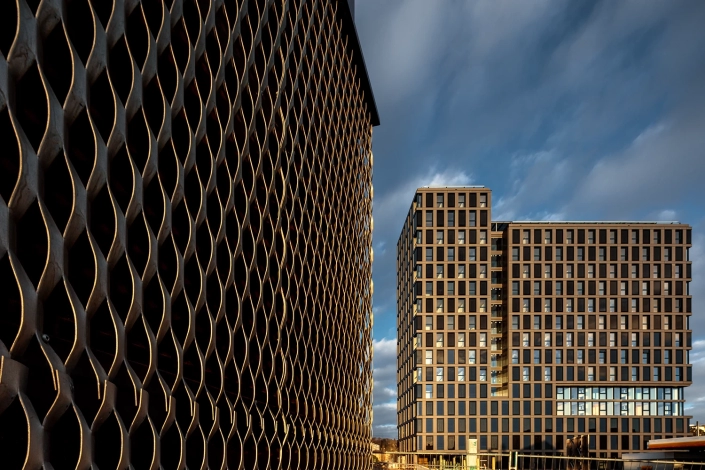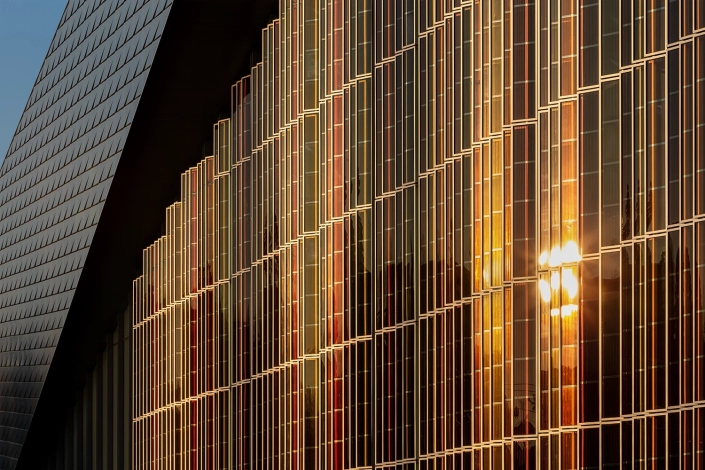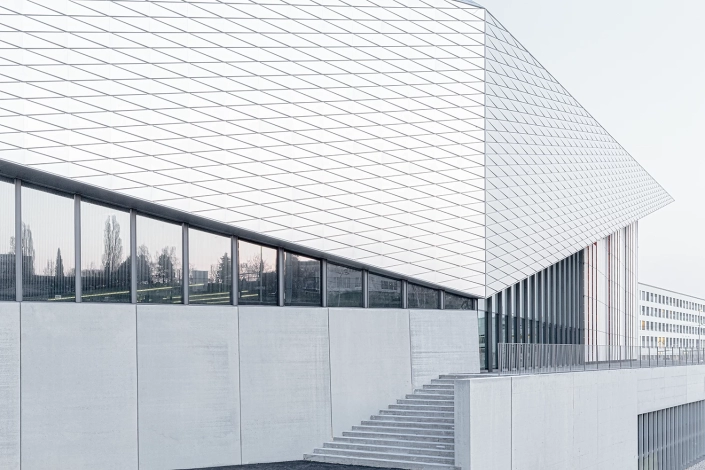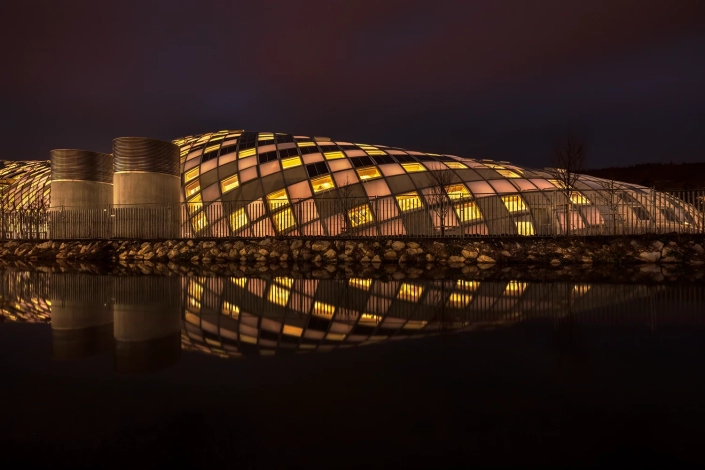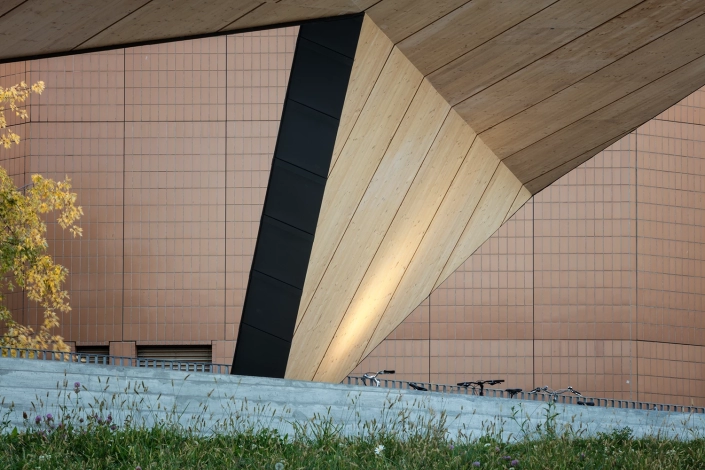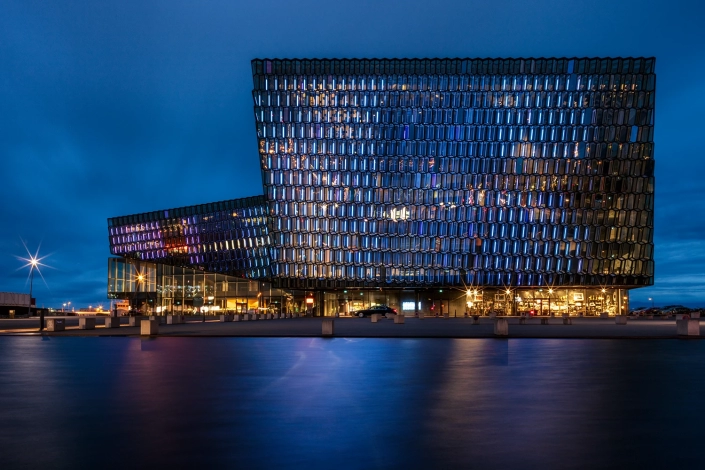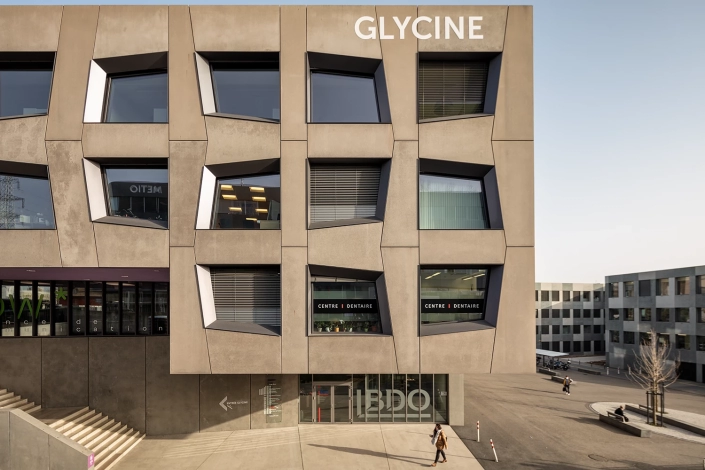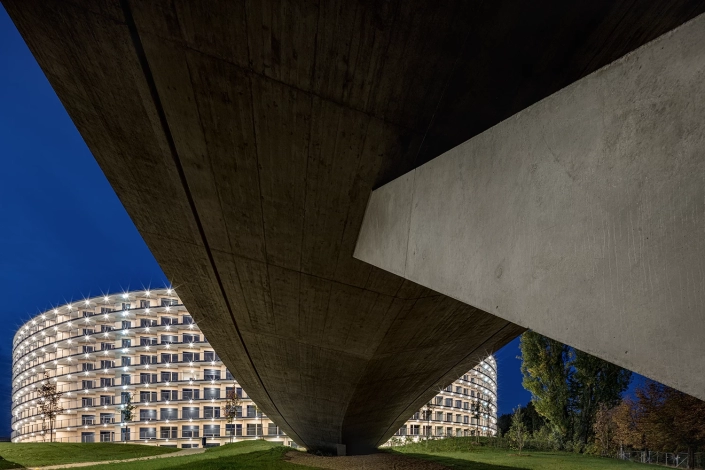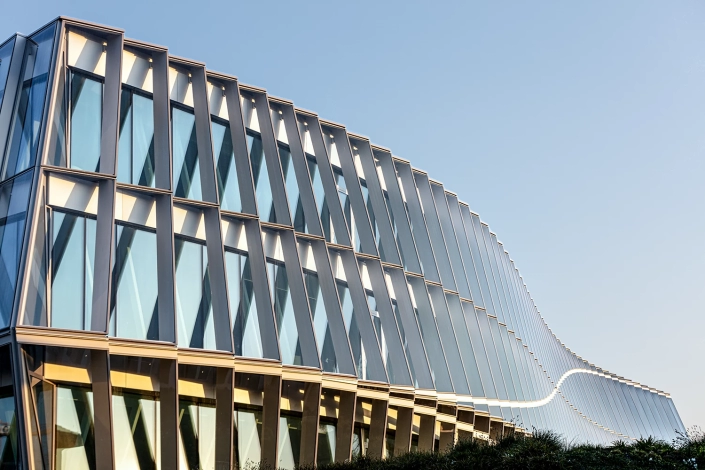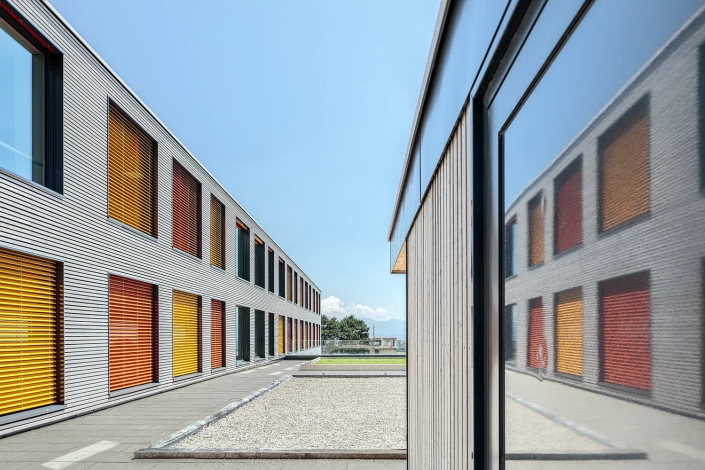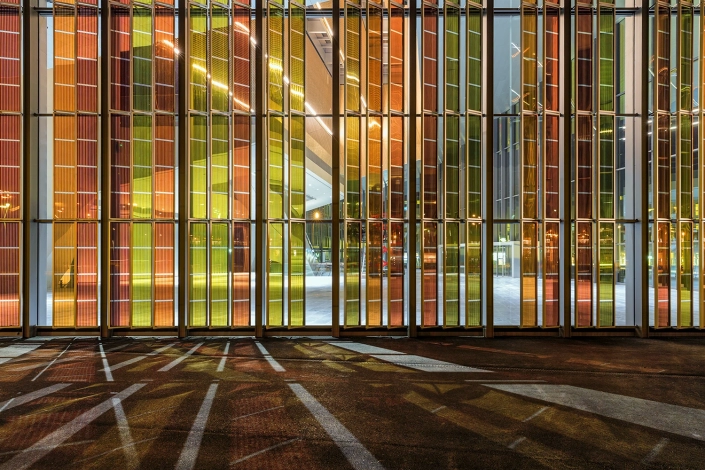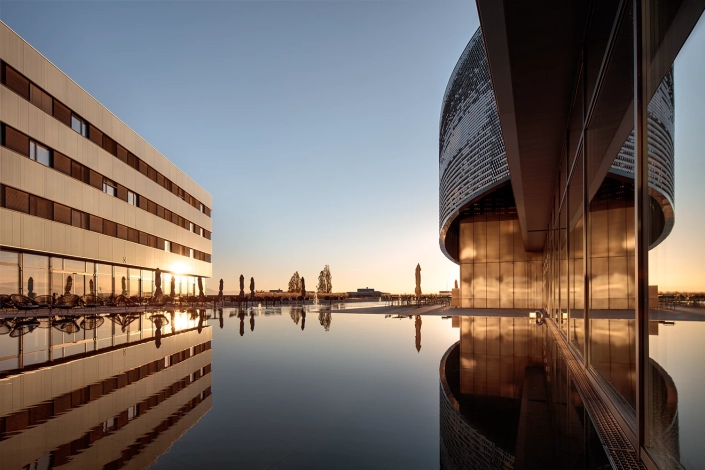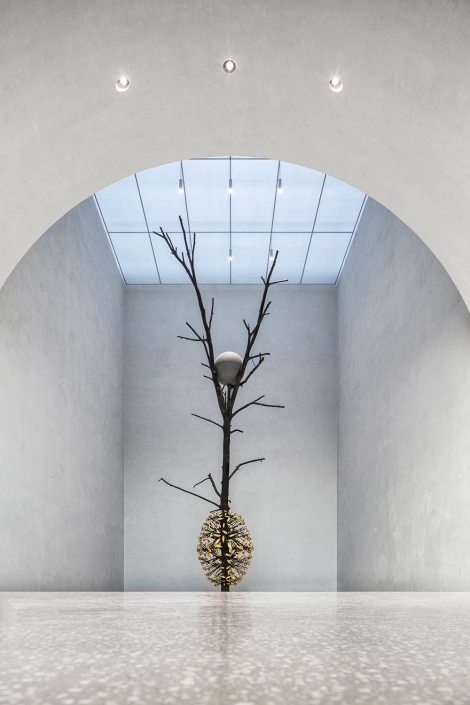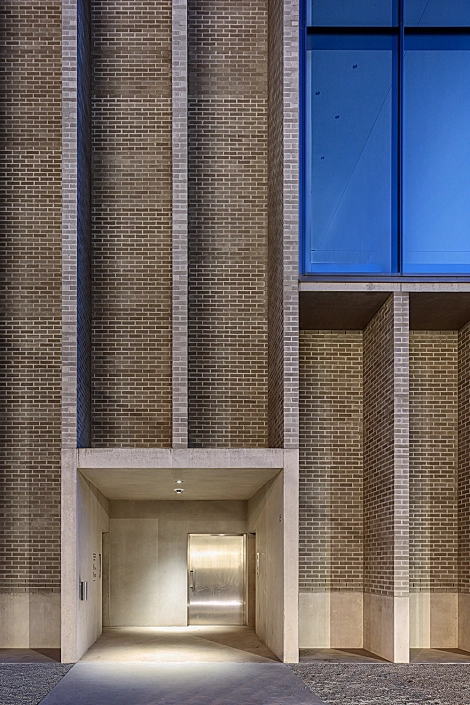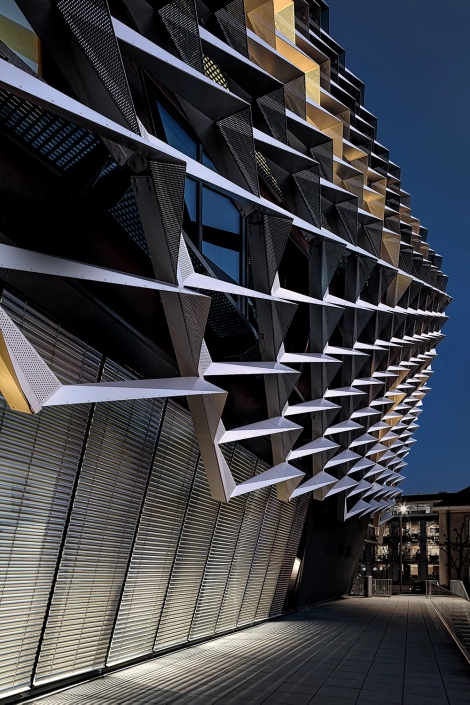QUALITY
Value for money :
The temptation to obtain the highest level of quality at the lowest price for each of our projects is a common reflex. However, thinking about the purpose and the desired impact of the images makes it possible to define the right quality/price ratio for each object. It is therefore important to adapt the quality to the types of subjects and to the uses that will be made of the images.
The right quality for the right project :
An image is important to promote your company or your achievements, to sell an object or a service, and its quality is decisive for the success of your objectives.
Define your quality :
The quality of an image is certainly a matter of technique but above all of attention to detail. The artistic interpretation is subjective and a matter of taste.
Before each project, you must therefore ask yourself the questions that will allow you to define your level of quality that you want: What are the essential elements that you want to highlight? What do you want to sell? What customers do you want to reach? What is the destination medium?
You will place the cursor according to your budget, the type of object to be photographed and the rendering it requires or any external services to be hired (eg: styling or cleaning service, model agency).
RATES
Price criteria :
Prices can vary drastically from one offer to another. Here are some benchmarks to better understand the determining elements for the price calculation of an architectural report :
The time of preparation and organization :
Choosing the right moment for shooting is essential. The photographer will make the necessary markings to determine the time when the natural light will be optimal to enhance the architectural object (skylights, windows, etc …) or the time when artificial lighting will start on a facade and will balance with natural light (blue hour).
The additional lighting supply :
It is often necessary to enrich the ambient lighting with complementary lights to unclog poor areas, simulate natural light entering a room, create an atmosphere, rebalance the reciprocity of colors, eliminate glare or bring out textures .
The complexity of the places to photograph :
Some situations may make it difficult to shoot or post-produce. These are, for example, a room filled with mirrors or highly reflective materials, transparent elements, places where natural light mixes with artificial light making complex color management, backlights creating halos.
OBJECTS
Types of architectural objects :
Each architectural object is different and requires a level of care specific to its standing. A local football club bar or hotel bar, retail space or seasonal rental apartment will have separate rendering requirements. A distinction will therefore be made between architecture, interior design and decoration, hotels and restaurants, real estate, commercial spaces and construction sites.
To each his own technique :
You have to adapt the shooting techniques and the retouching. For a simple, evenly lit subject, a single shot may be sufficient. But in many cases, the final image must be combined by taking several shots which will then be superimposed and assembled with ad hoc software (automatically or manually). These processes allow precise management of all areas of the final image but considerably lengthen shooting and post-production times.
Quality versus quantity :
The choice of quality or quantity is up to the customer. Very often, it focuses on the quantity giving a false impression of getting value for money. The reputation and success of a company or a project is expressed through the images that represent them. A limited but well-considered choice (show less but the best) will certainly give a more efficient result to your objectives and optimize your budget.
MAKE YOUR CHOICE
STANDARD
Quality is partly subjective. But it still answers some rules. For example, a picture in “Standard” quality includes a neat framing without photocomposition, basic adjustments (general adjustment of exposure, contrast, overall color correction, distortion, and sharpness).
NEAT
“Neat” quality also includes basic settings for image composition (manual), additional lighting, more precise adjustments, and post-production defect mitigation.
PRESTIGE
“Prestige” quality values the object to the maximum as well as the work of the architect or the decorator with a composition and a careful framing, a reproduction of volumes, details, textures and colors as well as the elimination of elements .indésirés (cables, halos, reflections, etc …). Particular care is taken to all the details composing the image.
